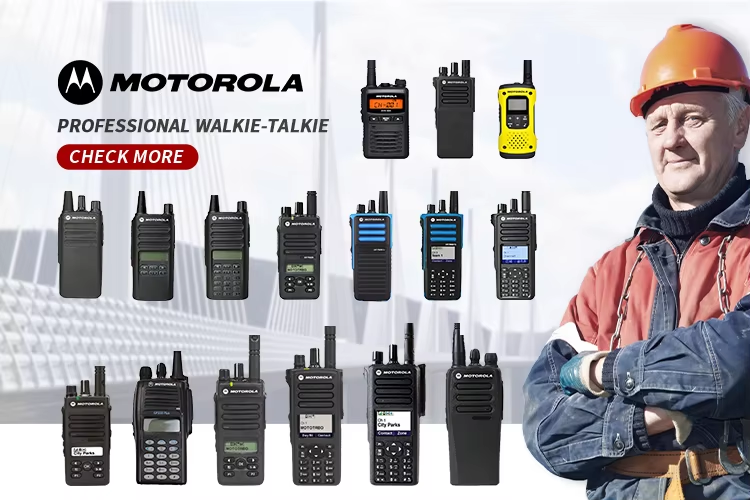A “walkie-talkie” is a portable two-way radio device that enables bidirectional voice communication over short to medium distances without relying on external networks like cellular towers. Here’s a detailed breakdown:
Definition and Basic Principles
- Definition: A walkie-talkie is a handheld communication tool that allows real-time voice transmission and reception between users via radio waves, operating independently of cellular or internet networks.
- Working Principle: It relies on radio communication technology, involving two main processes:
- Transmission: When speaking, the microphone converts audio signals into electrical signals. These signals are processed (amplified, filtered) and then transmitted as radio waves through the antenna.
- Reception: The antenna captures radio waves from other walkie-talkies. The received signals undergo processing (filtering, demodulation) to convert them back into audio, which is played through the speaker.
Key Components
- Housing: Professional models often use durable materials like PC+ABS plastic or aluminum; consumer models may use ABS plastic. Buttons are typically made of silicone for durability.
- Main Unit: Includes core parts such as the PTT (Push-To-Talk) button, LCD display, volume/on-off knob, microphone (MIC), speaker, and circuit board (PCB).
- Battery: Common types are Ni-Cd, Ni-MH, or Li-ion batteries, providing power for portable use.
- Antenna: Transmits and receives radio signals; may be fixed or detachable, with designs optimized for specific frequency ranges.
- Accessories: Belt clips (for portability), chargers (for recharging batteries), and optional headsets (for hands-free use).
Main Types
- Analog Walkie-Talkies: Use analog signals to transmit voice. They are cost-effective and widely compatible but have weaker anti-interference capabilities and lower audio clarity.
- Digital Walkie-Talkies: Convert voice into digital signals for transmission. Advantages include stronger anti-interference, clearer sound, better security (encryption), and additional features like text messaging or GPS tracking. They are now the mainstream choice.
- IP Walkie-Talkies: Operate over internet protocols (IP), using networks (Wi-Fi, Ethernet) for communication. They integrate with smartphones and computer systems, suitable for scenarios requiring network connectivity (e.g., enterprise intranets, smart homes).

